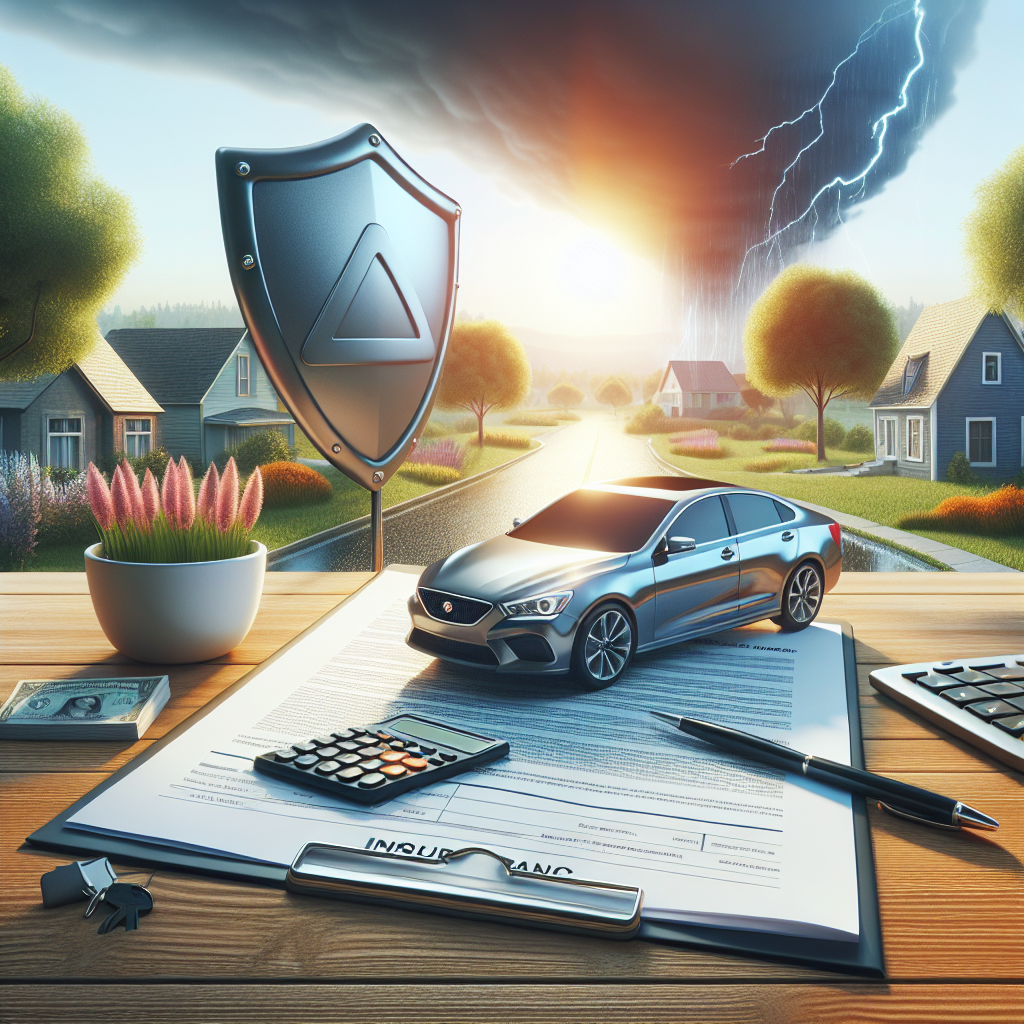Car insurance is a critical aspect of vehicle ownership, providing financial protection in the event of accidents, theft, or damages. Understanding the fundamentals of car insurance can help you make informed decisions and save money. Whether you’re a new driver or an experienced one, this guide will walk you through the essentials of car insurance.
What is Car Insurance?
At its core, car insurance is a contract between you and an insurance company. You pay premiums, and in return, the insurer provides financial protection against various risks associated with owning and operating a vehicle. This protection can cover damages to your car, injury to others, and even legal liabilities that arise due to accidents.
Why Do You Need Car Insurance?
While car insurance may seem like an unnecessary expense, it’s a legal requirement in most states. Here are a few key reasons why having car insurance is essential:
-
Legal Compliance: Most states mandate a minimum level of car insurance coverage. Driving without insurance can result in hefty fines and legal issues.
-
Financial Protection: Accidents can be expensive. Insurance can help cover repair costs, medical bills, and other expenses that can arise from an accident.
- Peace of Mind: Knowing you’re protected against unexpected incidents can make driving less stressful.
Types of Car Insurance Coverage
Understanding the different types of car insurance coverage can be overwhelming, but here’s a breakdown of the most common options:
1. Liability Coverage
Liability insurance is often required by law. It covers damages and medical expenses for others if you’re at fault in an accident. It has two main components:
- Bodily Injury Liability: Covers medical expenses for other people injured in an accident you caused.
- Property Damage Liability: Pays for damage to someone else’s property, such as their car or a fence.
2. Collision Coverage
Collision coverage helps pay for repairs or replacement of your own vehicle after a collision, regardless of who was at fault. This type of coverage is particularly useful for new or valuable vehicles.
3. Comprehensive Coverage
Comprehensive insurance covers damages to your car that are not caused by a collision, such as theft, vandalism, or natural disasters. If you live in an area prone to such risks, comprehensive coverage is highly recommended.
4. Uninsured/Underinsured Motorist Coverage
This type of insurance protects you if you’re in an accident with a driver who either has no insurance or insufficient coverage. It ensures that you’re not left footing the bill when someone else is at fault.
5. Personal Injury Protection (PIP)
Personal injury protection, or PIP, covers medical expenses for you and your passengers, regardless of who was at fault in an accident. Some states require this type of coverage as part of their auto insurance laws.
Factors Affecting Car Insurance Rates
Your car insurance premium is influenced by a variety of factors, including:
-
Driving History: A clean driving record usually results in lower premiums, while accidents or traffic violations can increase rates.
-
Vehicle Type: The make and model of your car can impact insurance costs. High-performance vehicles and luxury cars often come with higher premiums.
-
Location: Urban areas tend to have higher rates due to increased traffic and risk of accidents or theft.
-
Age and Gender: Statistically, younger drivers, especially males, are considered higher risk and often face higher premiums.
- Credit Score: Insurers often use credit scores as a factor in determining rates. A higher credit score can lead to lower premiums.
Tips for Choosing the Right Car Insurance
With so many options available, it can be challenging to choose the right policy. Here are some tips to help streamline your decision:
-
Shop Around: Don’t settle for the first quote you receive. Compare rates from multiple insurers to find the best deal.
-
Understand Your Needs: Consider how often you drive, your budget, and the value of your vehicle to determine the type and amount of coverage you need.
-
Look for Discounts: Many insurers offer discounts for safe driving, bundling policies, or having certain safety features in your vehicle. Always ask about potential savings!
- Read Reviews: Customer service matters. Research reviews and ratings of insurance companies to ensure you choose a reputable provider.
Conclusion
Car insurance may seem complicated, but understanding its essentials can empower you as a driver. By familiarizing yourself with the different types of coverage, the factors that affect your rates, and tips for selecting the right policy, you can protect yourself, your passengers, and your finances on the road. Remember, the right car insurance is not just a legal obligation—it’s peace of mind, knowing you’re prepared for whatever comes your way. Drive safely!


